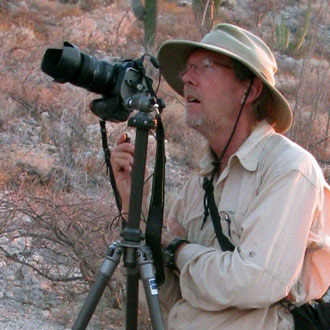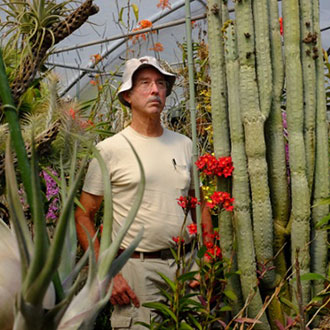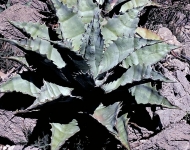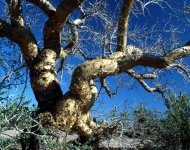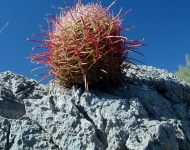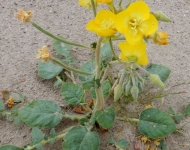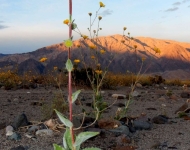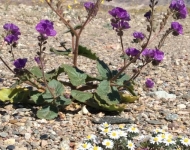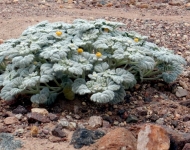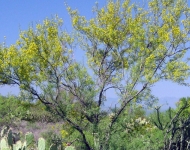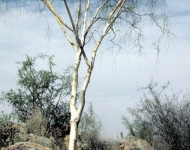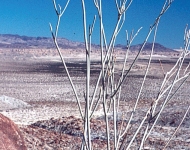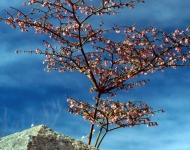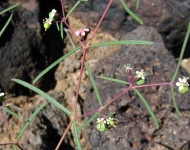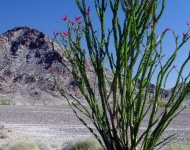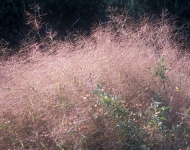Chip and I are still mulling over what to do for our project. One idea is to showcase the plant lifeforms that are characteristic of the Sonoran Desert. Several lifeforms are unique or especially well represented in deserts. Their adaptations to aridity and intense sunlight give them odd forms that in turn make desert landscapes starkly different from other habitats. For example:
Succulents
survive drought by storing water in their stems or leaves. They are common in arid habitats, and are most visible in deserts.Ephemerals
have seeds that germinate and grow only in unusually wet years. They complete their life cycles and die in a few weeks. Also called annuals, this lifeform occurs only in semiarid and arid habitats, and make up half or more of the plant species in deserts.Diaphanous
plants have such sparse stems and foliage that you can see right through them. This life form was first recognized only in the 1990s by landscape architect Iain Robertson. Plants from wetter habitats usually have dense canopies.

